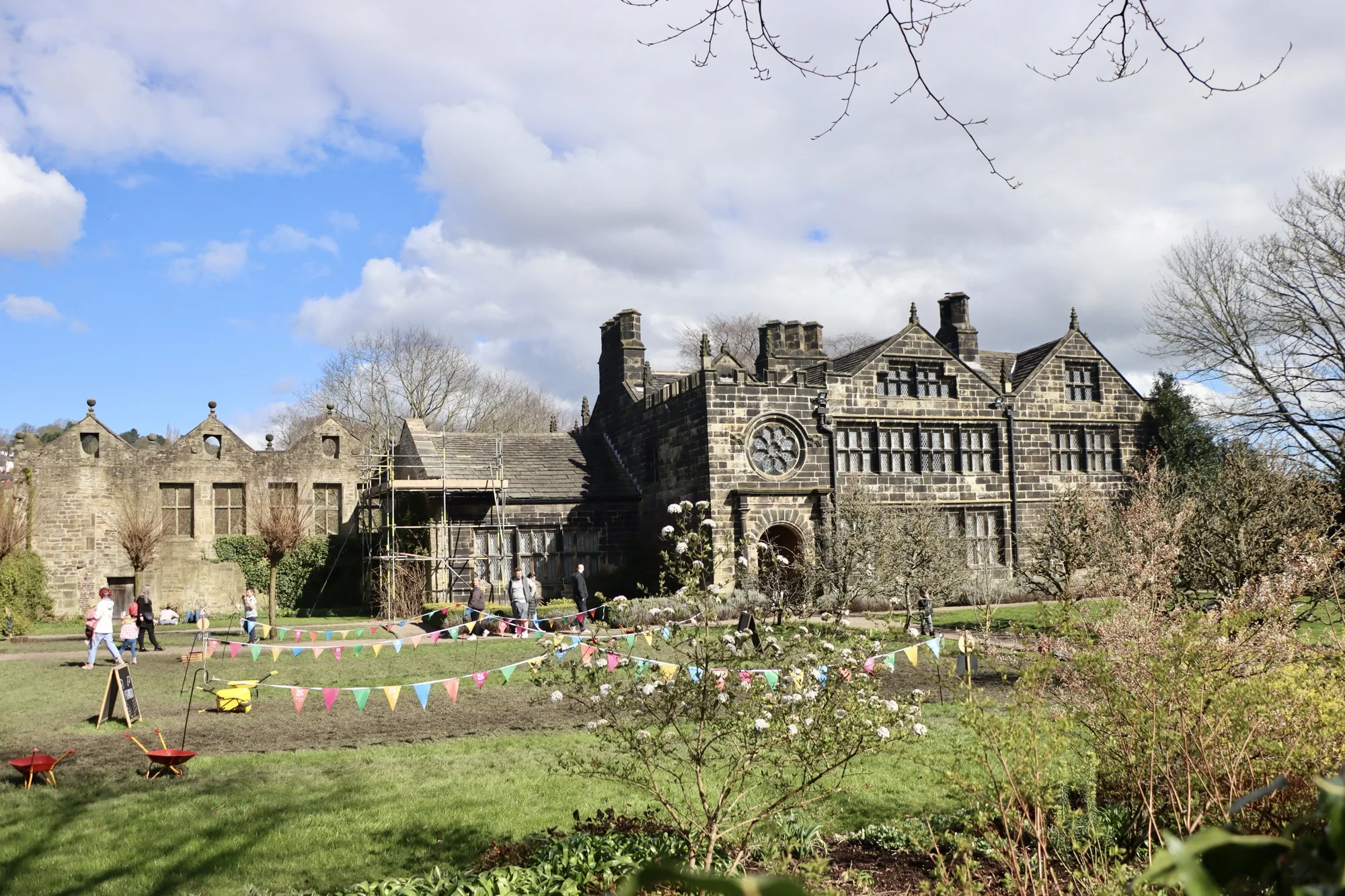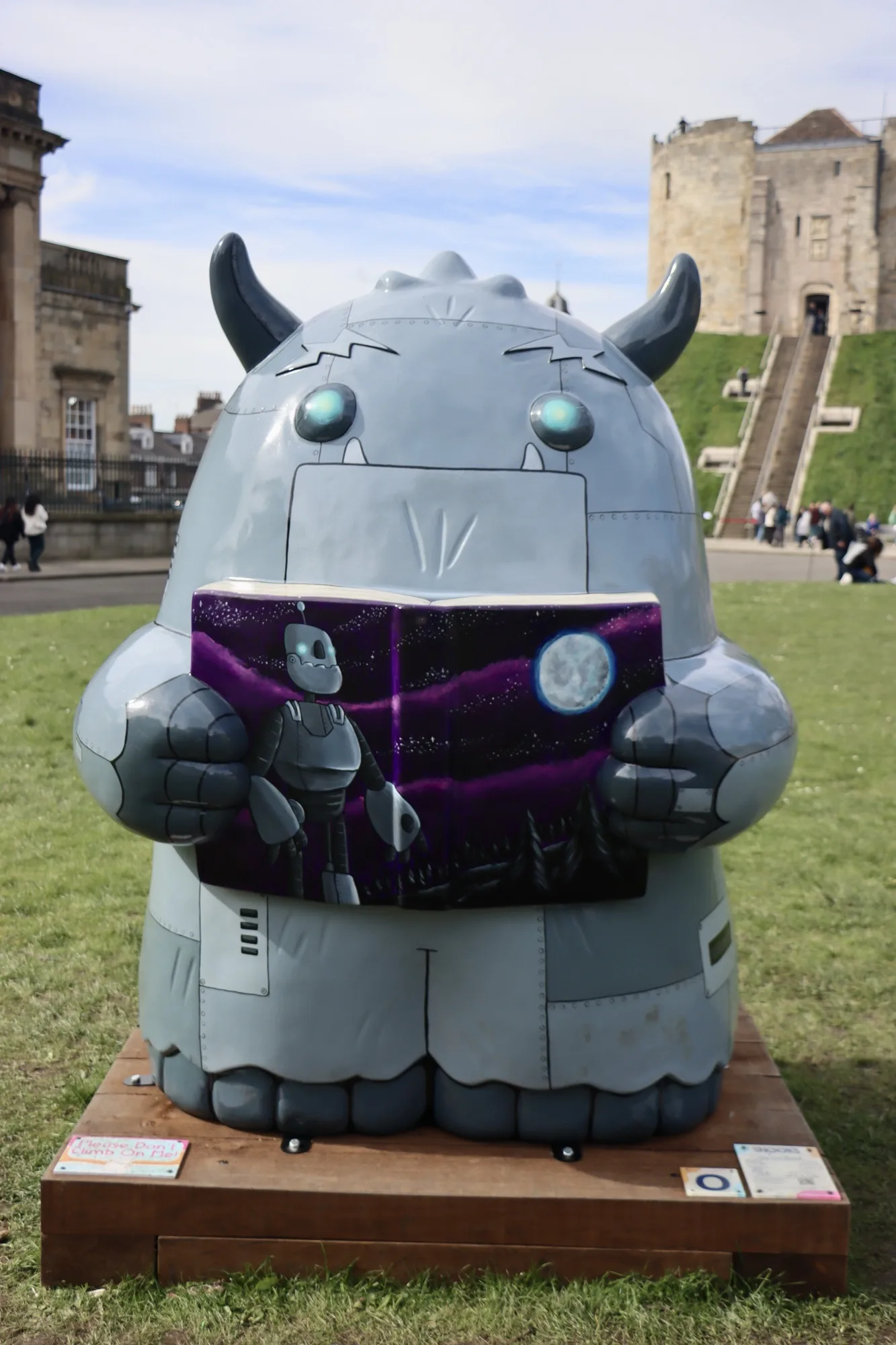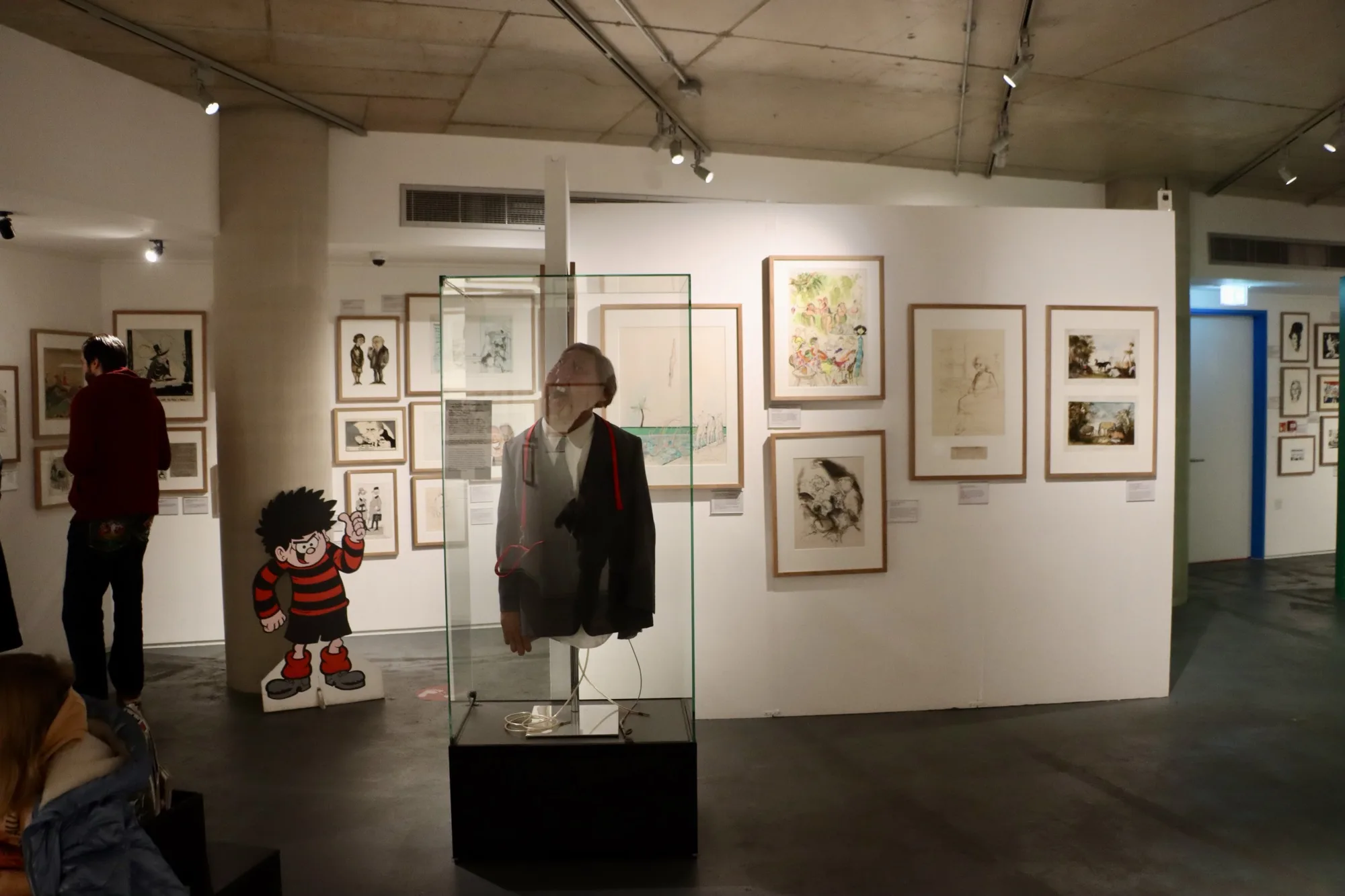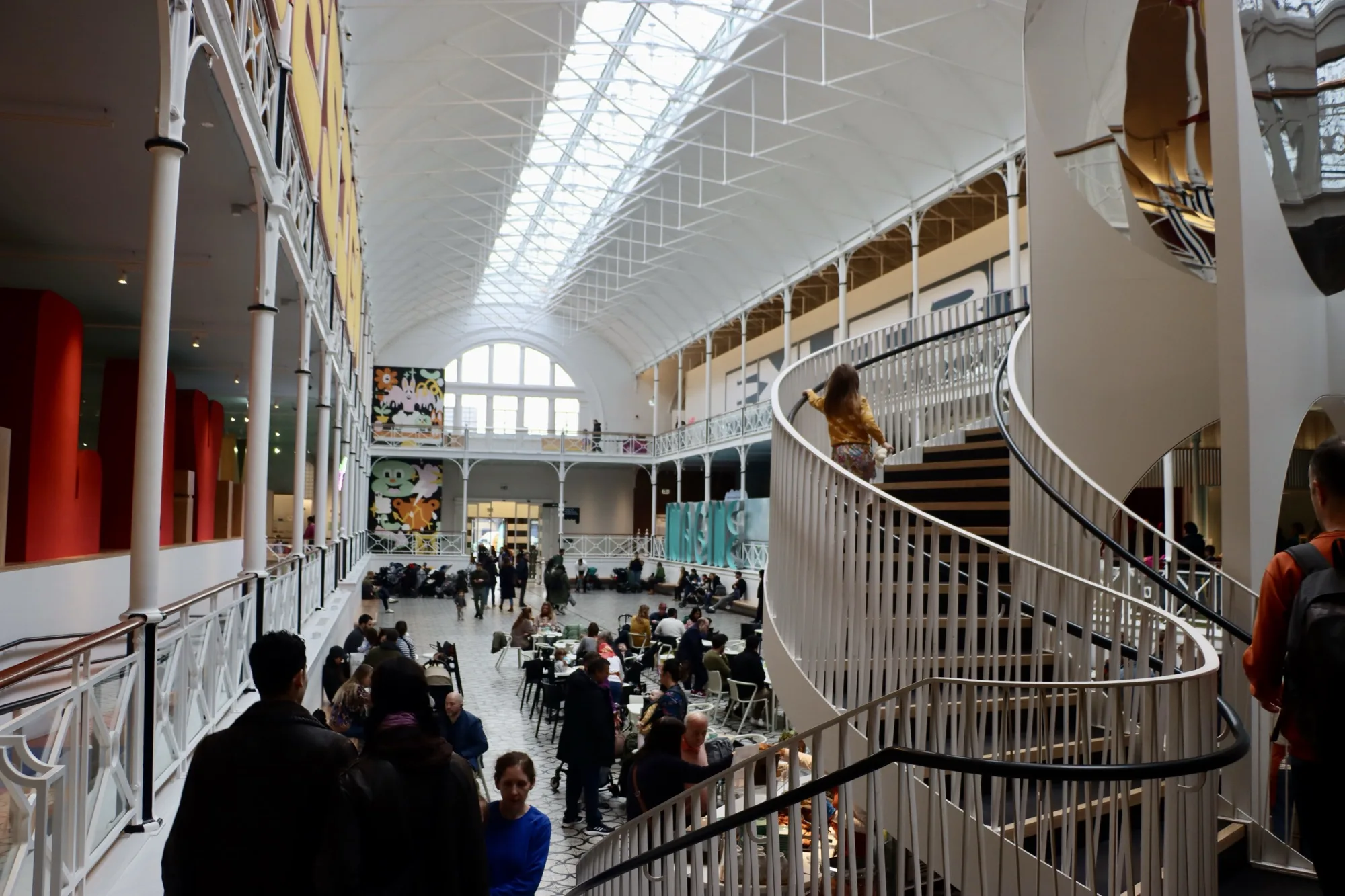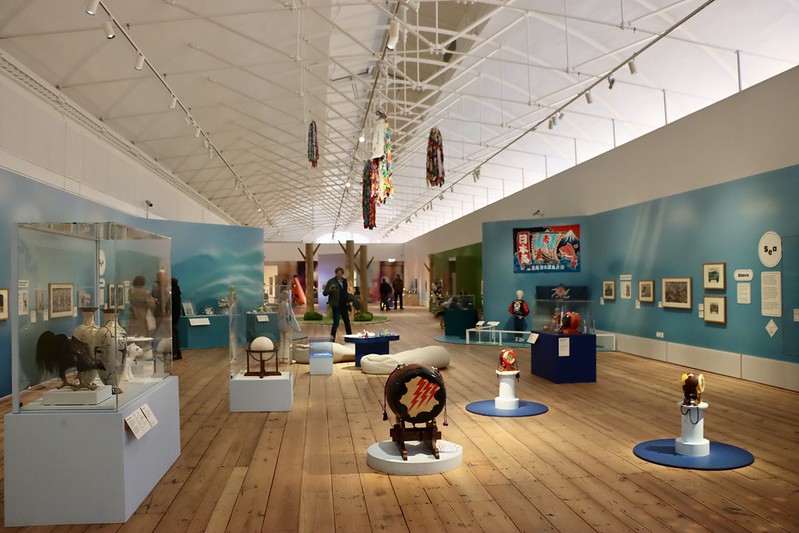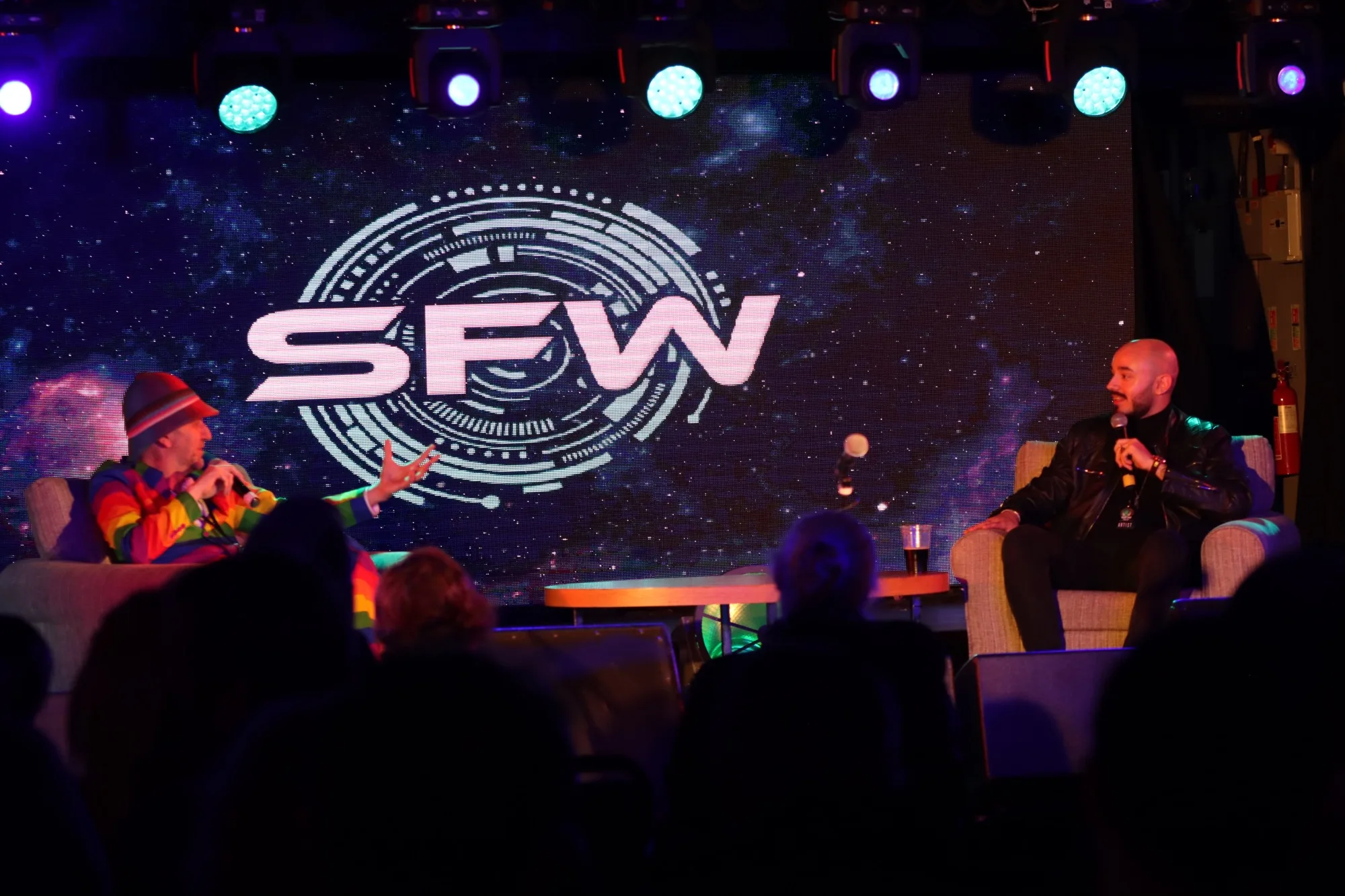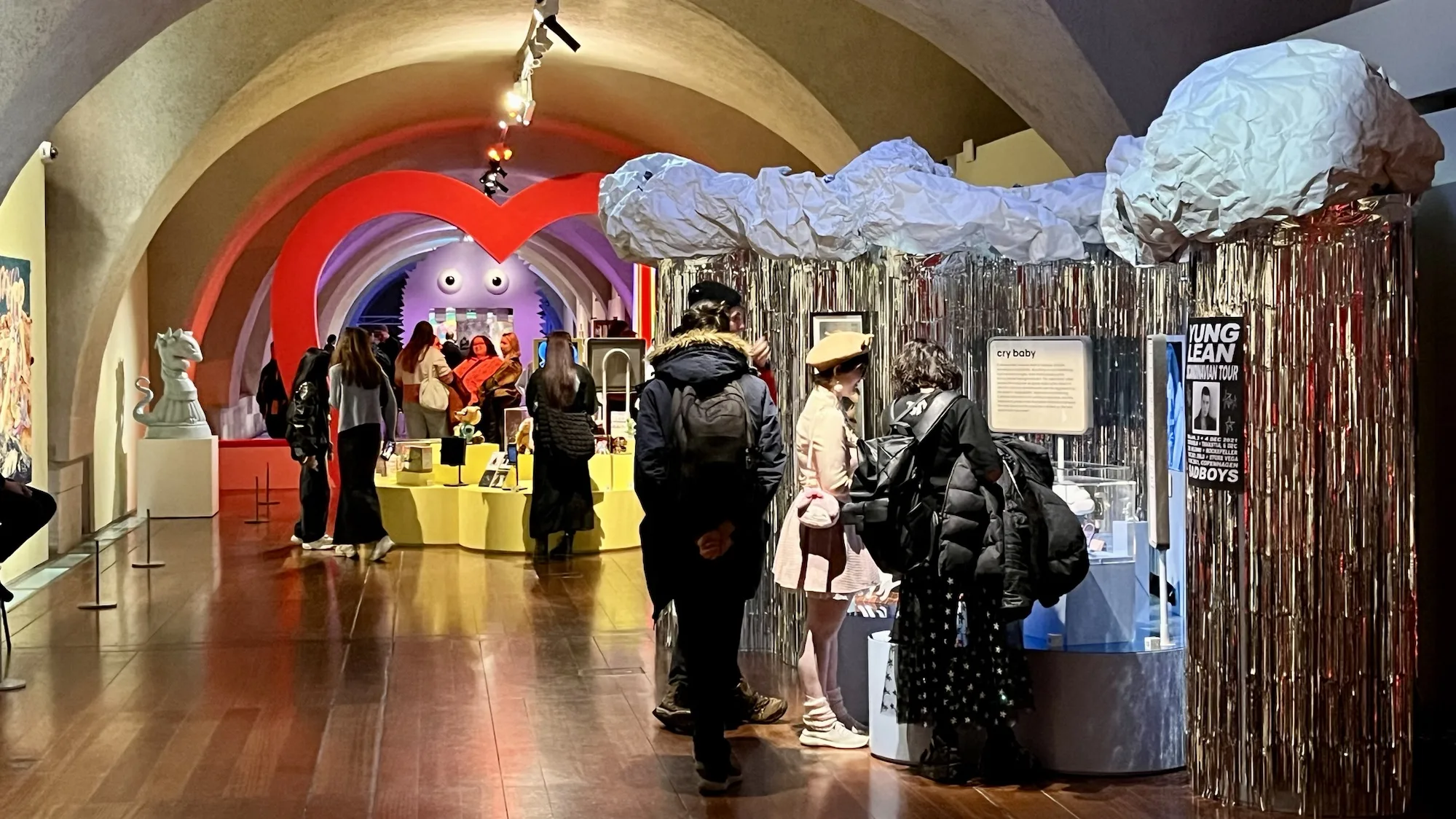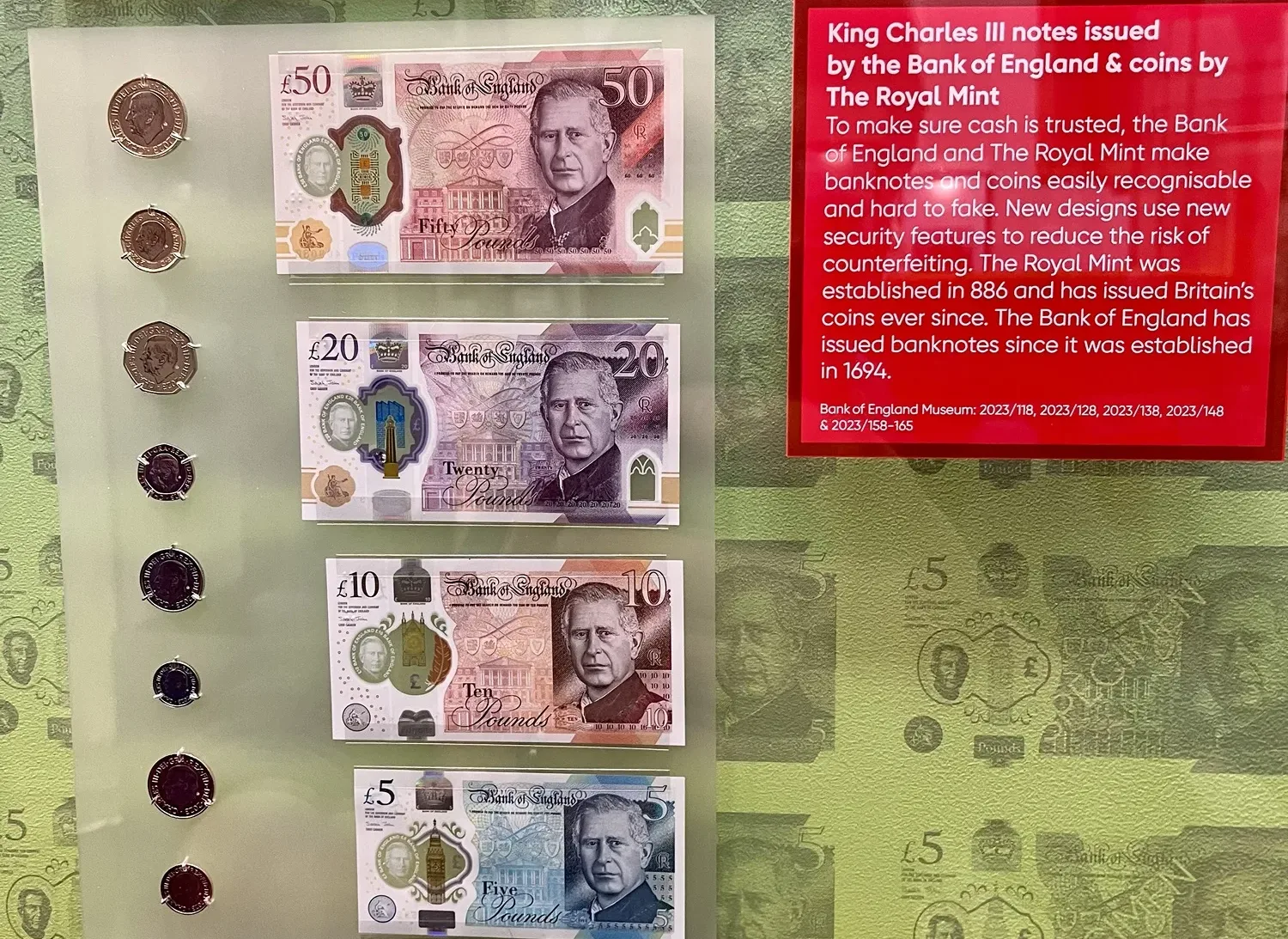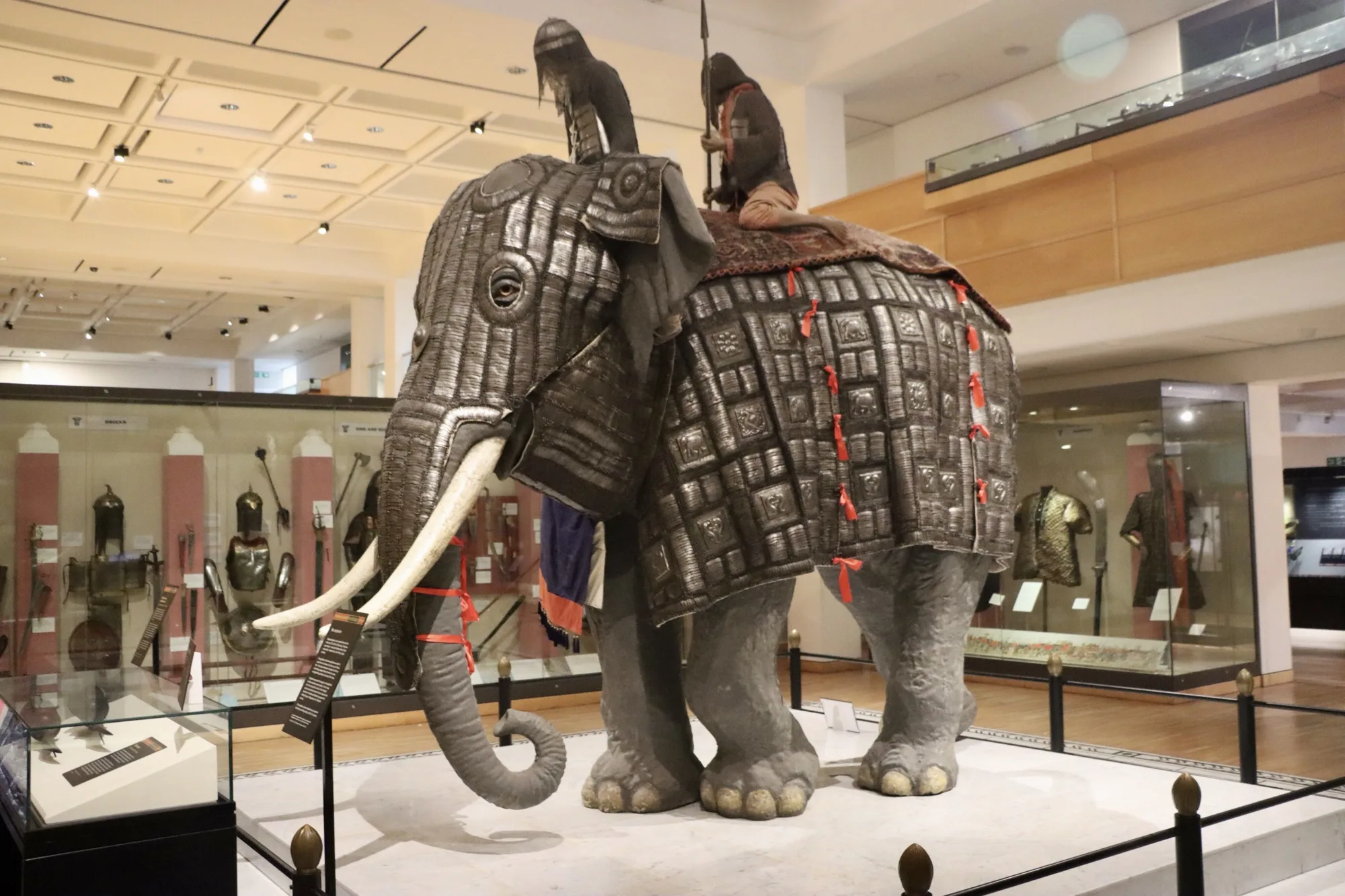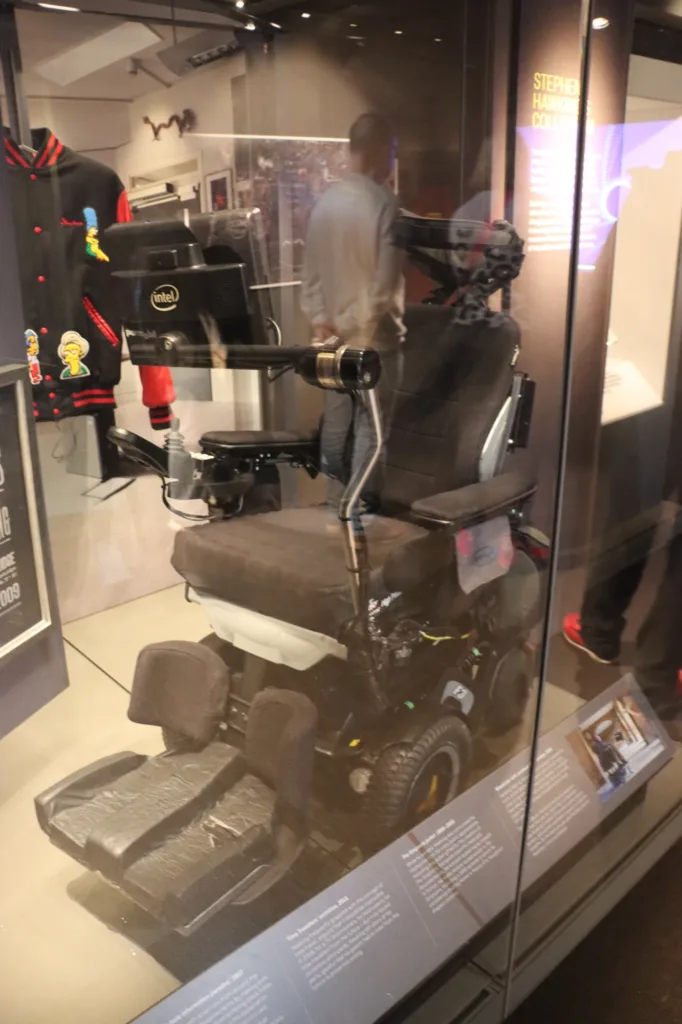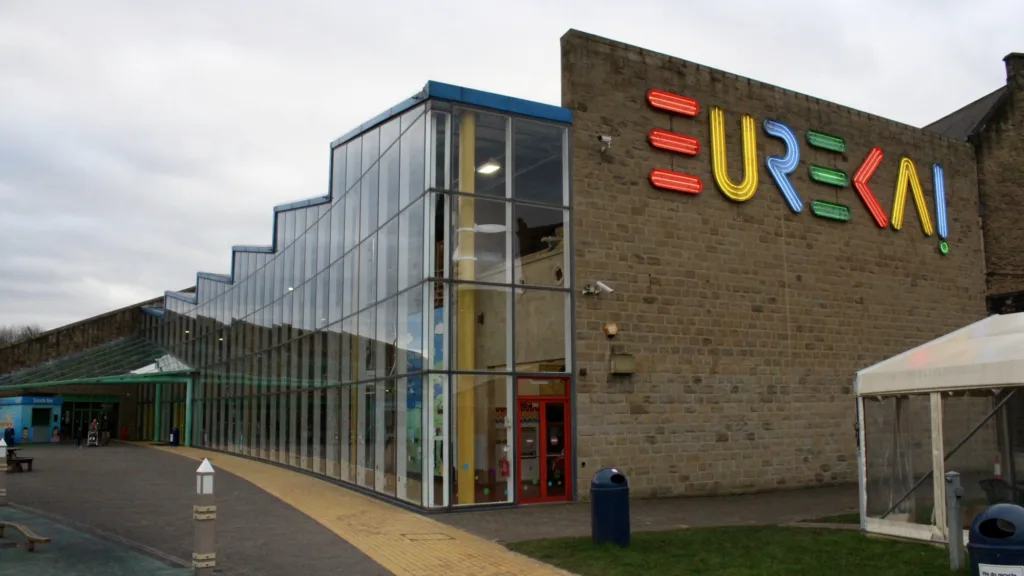No, this isn’t a blog post about Britain’s second-longest running sitcom. It’s about how we haven’t had many days out this month.
As we’re parents who both work full-time, we try to do something fun with our eight-year-old at weekends, and this is often a trip somewhere. Indeed, in March, we had a weekend in London, Sci-Fi Weekender, Snook spotting in York and a visit to East Riddelsden Hall.
But we’re still paying off some of the money that we borrowed to buy our solar panels. And as mentioned earlier in the week, we’ve had to spend a lot of money on our car recently. And if our car reaches the point where it’s beyond economic repair, we’ll need to take on more debt to buy a new one. This, combined with typical changeable April weather, has meant that we’ve tightened our belts and had quieter weekends at home this month. We’ve also tried to have more meals at home, and not eaten out or had as many takeaways. We’re fortunate that we had quite a lot of leftovers in the freezer to work through.
This is partly to explain why I haven’t blogged about any trips out recently. Our trip with friends to see Unfortunate was a bright spot in an otherwise relatively dull month. The good news is that we have managed to save quite a bit of money this month, and can use this to pay off some of the debts.
As for next month? Well, we are planning some adventures for May. I’ll be turning 40 (no, I can’t believe it either) and so we’re looking at having a nice weekend away to celebrate. So hopefully, I’ll have some fun things to write about and new photos to share.

